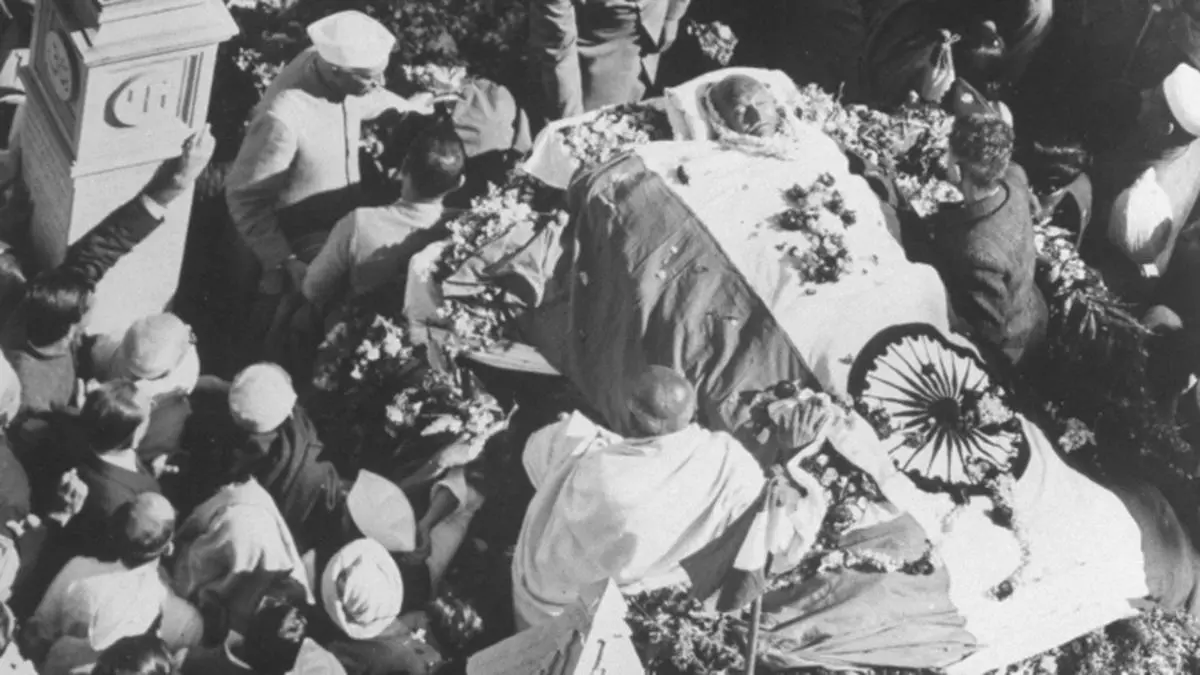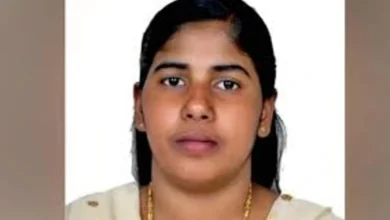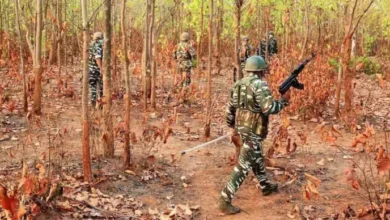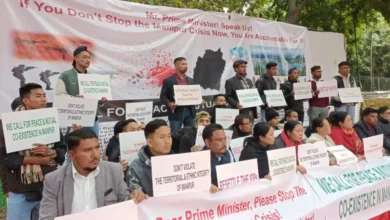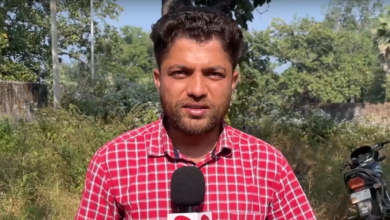The first high-profile criminal case in Independent India was the murder of Mahatma Gandhi on January 30, 1948. Examining the trial court ruling handed in the case on February 10, 1949, reveals fascinating historical evidence on how the presiding judge had complained about the police having “miserably failed” to prevent the murder of the Father of the Nation, despite being given certain inputs.
“I may bring to the notice of the central government, the slackness of the police in the investigation of the case during the period between January 20, 1948 (when the first assassination attempt failed) and January 30, 1948,” wrote Special Judge Atma Charan in his verdict, stressing that then Home Minister Morarji Desai was informed of the conspiracy immediately after the first attempt failed.
The conspirators had gone to Birla House in Delhi, where Mahatma Gandhi was living, on January 20, 1948, to kill him by lighting a guncotton slab on the campus and hurling a hand grenade, the court said. According to plan, Punjabi immigrant Madanlal K. Pahwa was meant to divert the assembly by blowing up the guncotton slub close to the Birla House’s rear courtyard wall.
Digambar R. Badge, an illegal arms dealer who later turned approver in the case and was granted pardon, was supposed to fire at him with a handgun and toss a hand grenade across the trelliswork of a room situated close to the prayer platform when the attention of the crowd during Mahatma Gandhi’s prayer meeting on the open grounds diverted by the blast.
But Badge got too afraid to walk into the chamber at last. After completing the act, he worried he would find himself caught inside and would not be able to flee. Pahwa started the guncotton slab in the interim, and several people grabbed hold of him right away following the detonation. Taking to their heels, the other conspirators—Narayan D. Apte, Badge, and Nathuram V. Godse—left the scene.
Alerted by intelligence section, J.C. Jain, a professor of Ardhamagadhi and Hindi at Ruia College in Bombay, sought an appointment with Premier B.G. Kher at the secretariat on January 21, 1948, after reading a news report on the Delhi Birla House explosion. At the conference, the Home Minister was also present when Jain revealed he possessed some vital information on a scheme aiming at killing Mahatma Gandhi.
The lecturer claimed that he had previously helped the refugee Pahwa financially and that the latter had informed him, about the scheme his companions were developing to kill Mahatma Gandhi, about the first week of January. Jain claimed that he did not take the problem seriously and believed it to be only the suffering of a refugee, so he did not report it to the authorities earlier.
Additionally mentioned by the lecturer was Vishnu R. Karkare, one of the crime conspirators. Not disclosing the latter’s name, the Home Minister called J.D. Nagarvala of the Intelligence Branch to the Bombay Central Railway Station and told him what he had learnt from Jain without The Minister also gave the officer instructions on locating the others engaged in the scheme and on arresting Karkare.
Apart from the statement of Jain, the special judge said after recording the evidence adduced by the Home Minister, who was arranged as Prosecution Witness No. 78 during the course of trial, and also that of other witnesses, including the Bombay based professor, the special judge said, apart from the statement of Jain, the Delhi police had obtained a detailed statement from Pahwa too who was in custody pursuant to his arrest on January 20, 1948.
Soon after these two remarks were given, the Delhi police and Bombay police had got in touch with one another. Still, the cops utterly failed to find any benefit from these two remarks. Had the least sensitivity displayed in the case inquiry at that point, the tragedy most likely might have been avoided,” the special judge said following the end of the Red Fort trial.
He said that the conspirators Nathuram V. Godse ( Editor of Hindu Rashtra), his brother Gopal V. Godse, the brains behind the entire operation Narayan D. Apte (Director of Hindu Rashtra Prakashan Limited), and others carried on the conspiracy and killed Mahatma Gandhi at the same Birla House in Delhi on January 30, 1948, even after the disastrous attempt on January 20, 1948.
Godse flew Air India to assassinate Gandhi.
The prosecution claims that Nathuram Godse as well as Apte flew by Air India from Bombay (now Mumbai) to Delhi for the unsuccessful assassination attempt on January 20, 1948, and also for the murder on January 30, 1948. To show that Apte visited the Air India office on January 15, 1948, to reserve two tickets for the voyage on January 17, 1948, the police had turned in air tickets and reservation papers.
The pair had allegedly registered for the tickets under the assumed identities D.N. Karmarkar and S. Marahte, according to the police. Denying the accusations of using assumed names, Apte asserted that he had really bought the two tickets from another client who had visited the Air India office on January 15, 1948, to cancel the two tickets booked for January 17, 1948.
Not convinced of the defense, the trial judge noted: “The address of the two passengers as given in the reservation slip is ‘Room No.6 Sea Green Hotel.'” His (Apte) own account is that he was at the Sea Green Hotel with Nathuram V. Godse at the time. There is simply no reason to believe that the two seats had not been reserved under presumed names.
After the failed attempt on January 20, 1948, the duo returned to Bombay and flew to Delhi again by Air India on January 27, 1948. This time, their assumed names for booking the tickets were D. Narayan and N. Vinayakrao. Pursuant to their flight to Delhi, they went to Gwalior to meet medical practitioner Dattatraya S. Parchure, who helped them procure automatic pistol no. 606824 that eventually was used to kill Mahatma Gandhi.
Godse didn’t remember the number of shots he fired
In his statement before the trial court regarding the shooting incident, Nathuram Godse said: “Yes, it is a fact that I did fire shots at Mahatma Gandhi with the pistol (Exhibit 39). The story as told by the various eye witnesses up to the stage when Mahatma Gandhi stepped up the prayer ground is correct. I jumped out and came in front of Mahatma Gandhi. My idea was to shoot at him twice at point blank range so that none else might get injured.”
He went on to state: “I bowed to him with the pistol between my two palms. I had removed the safety catch when I had taken out the pistol from inside my bush coat pocket. I think I fired twice. I, however, learnt that I had fired thrice. After I had fired the shots, there was a lull throughout for about a minute. I had also got excited. I then shouted ‘Police, police. Come.’ Amarnath then came and caught hold of me from behind.”
Recalling the thrashings he received, Godse said: “Soon thereafter, a constable also caught hold of me. Some member of the public at the time removed the pistol from my hand. A large number of persons thereafter caught hold of me… It was a gentleman who had struck me on the back of my head with his stick. When he had given me two to three blows with his stick, blood began coming out of my head.”
Stating that he had decided to give in, the assassin said: “I told him that I was not going to offer resistance even if he happened to break my skull. I had already done what I wanted to do. The police tried to take me away from the crowd. I then saw the person who had my pistol in his hand… I told him to keep the safety catch in position, otherwise he might kill himself or injure someone in the crowd.”
After recording this statement, the trial court said: “There is thus no denying the fact that Nathuram V. Godse did intentionally fire three shots with an automatic pistol at point blank range in quick succession at Mahatma Gandhi and caused his death thereby.” Though Godse claimed that it was an individual act and there was no conspiracy, the judge disbelieved his claim on the strength of strong evidence against them.
Savarkar acquitted
On completion of investigation, the prosecution had filed a charge sheet in the case against eight individuals (Nathuram V. Godse, Narayan D. Apte, Vishnu R. Karkare, Madanlal K. Pahwa, Shankar Kistayya, Gopal V. Godse, Vinayak D. Savarkar, and Dattatraya S. Parchure) and declared three more (Gangadhar S. Dandwate, Gangadhar Jadhav, and Suryadeo Sharma) as absconding accused on May 27, 1948.
However, the trial court acquitted Savarkar alone from all charges since there was no corroborative evidence against him but for the statement of the approver linking him to the crime. “It would thus be unsafe to base any conclusions on the approver’s story given above as against Vinayak D. Savarkar… He is found not guilty of the offences as specified in the charge and is acquitted and be released forthwith unless required otherwise,” the judge ordered.

